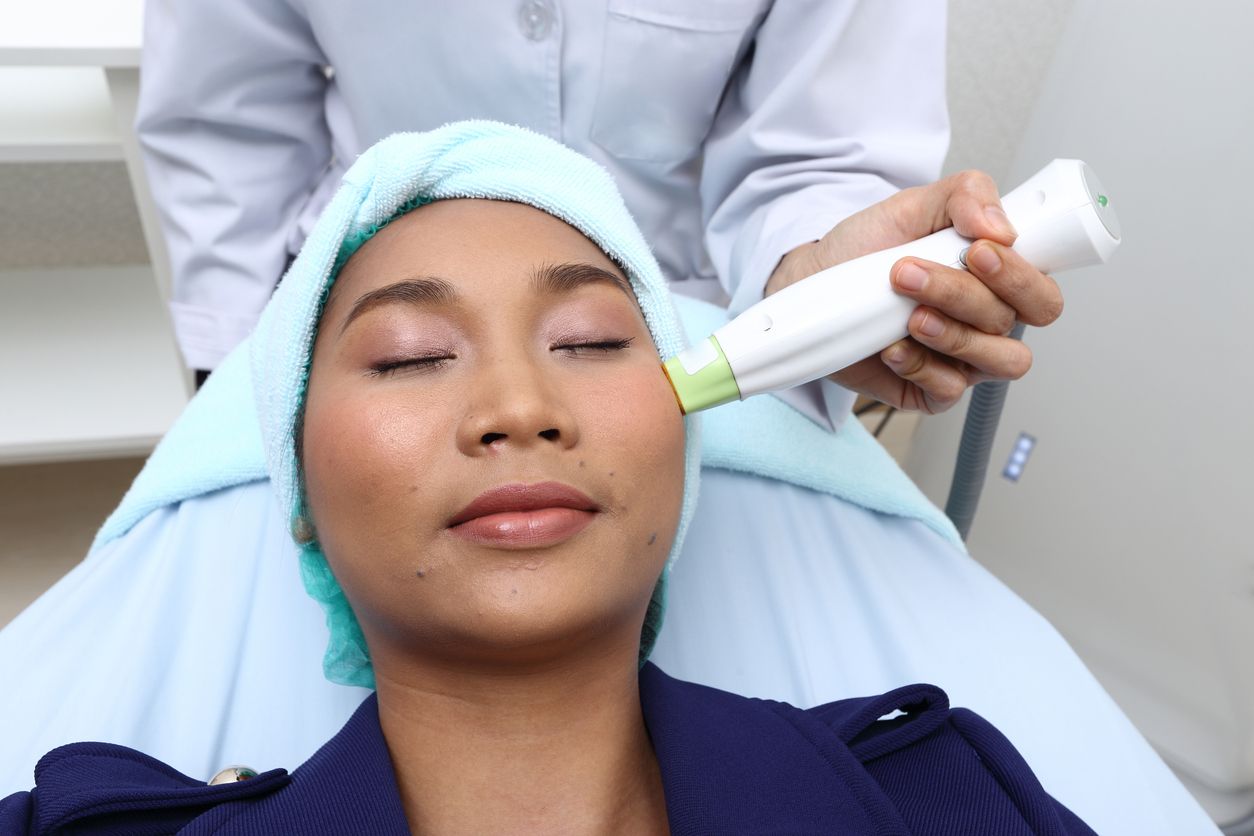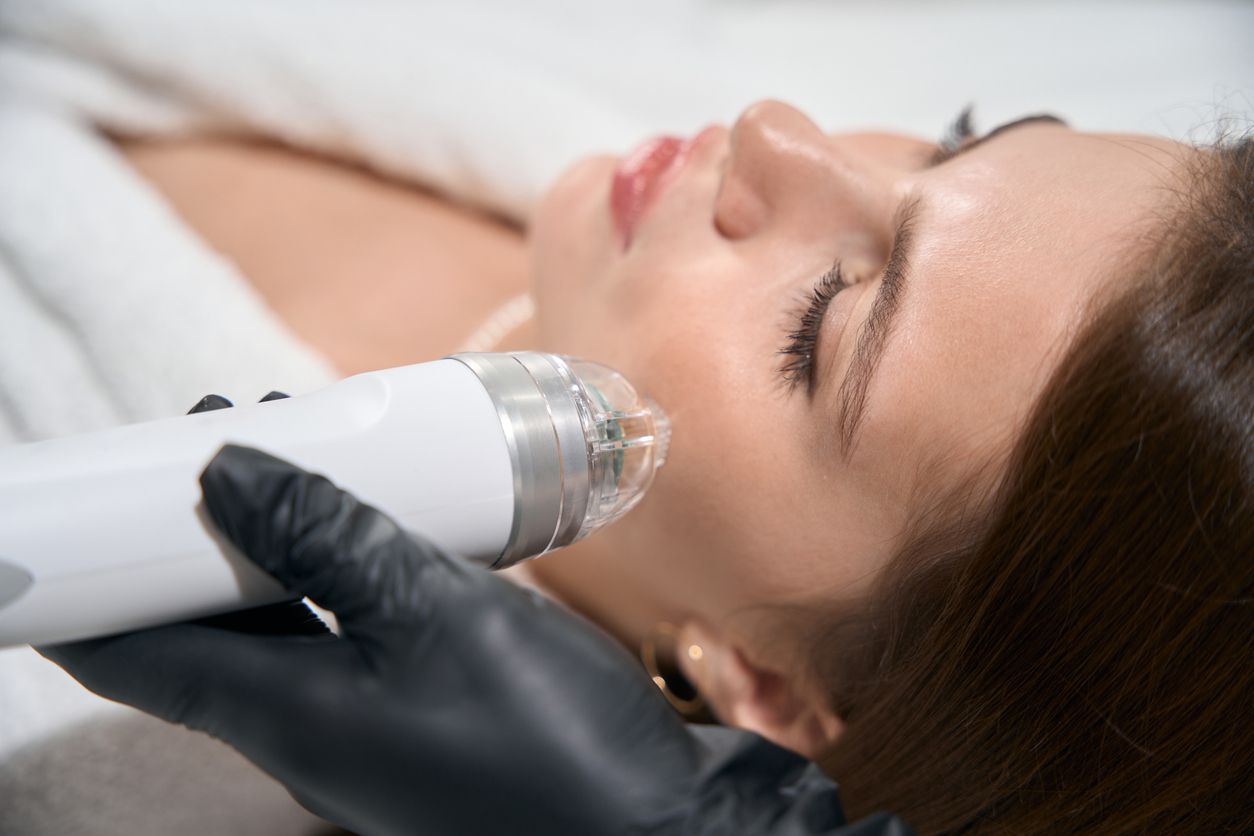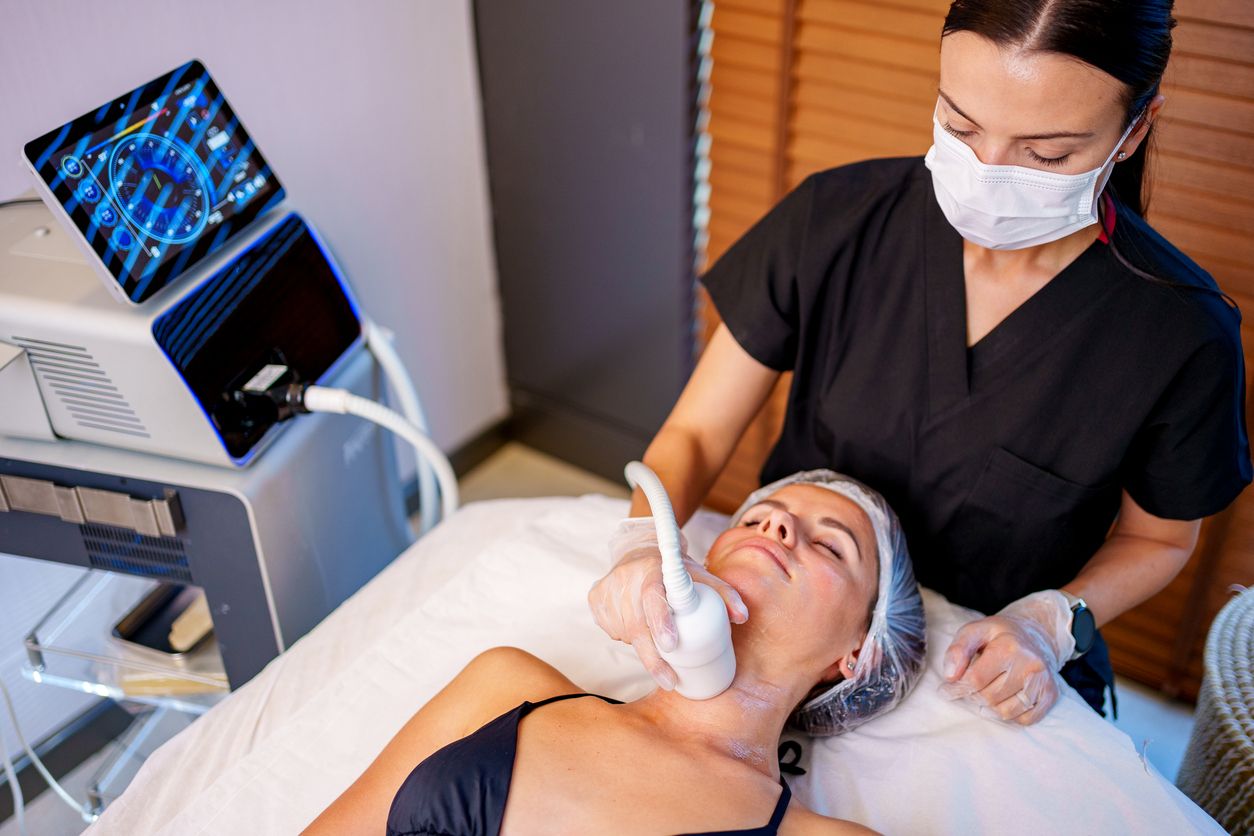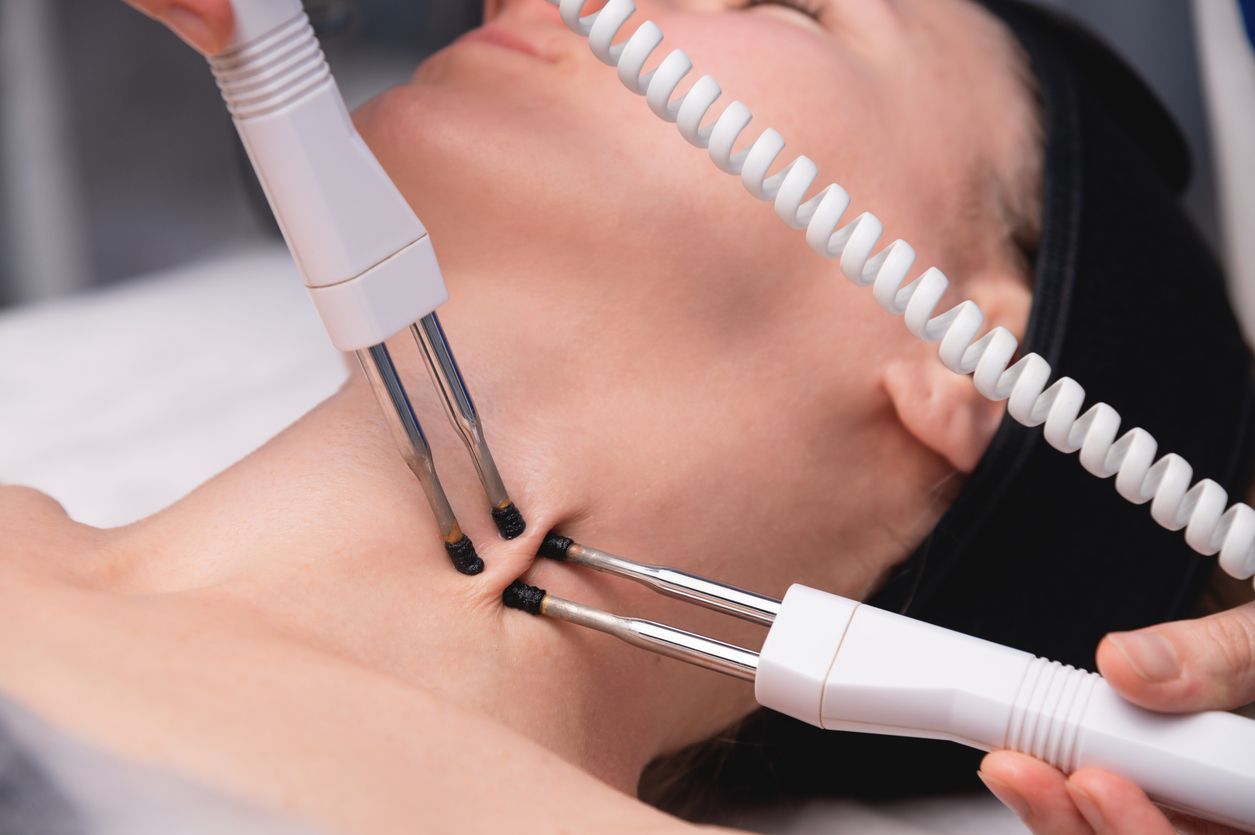- Home
- Trend
- Weight Loss Strategies
- Acne Tips
- Hair Health Information
- Blemish Removal Tips
- Acne Scar Removal Tips
- Muscle Building Techniques
- Intimate Care Tips
- Postpartum Intimate Care
- Eye Bags Wiki
- Tips for Face Slimming
- Secret of Permanent Hair Removal
- Breast Enlargement Tips
- Cure to Snoring
- Marionette Lines
- Skin-Tightening Secrets
To save money, many people opt to dye their hair at home using over-the-counter dyes or color-depositing conditioners. With so many types and brands of hair dye on the market, it's easy to feel overwhelmed and unsure about what to choose. However, choosing a hair dye isn’t something to take lightly—hair dyes contain pigments, dyes, and other chemicals, and some even include allergens that can damage hair or, in extreme cases, increase cancer risk. This article will teach you how to choose the right dye to minimize harm to your hair and scalp.
1. The 4 Main Types of Hair Dyes — Choose Based on Your Needs

i. Temporary Hair Dyes
Temporary dyes provide only short-term color because their pigments stay on the surface of the hair without penetrating the cuticle or core. They’re often made from natural plant-based pigments and organic compounds such as henna or indigo. These dyes usually fade after several washes, typically lasting only 7–10 days.
Their biggest drawback—quick fading—is also their biggest advantage. Since they don’t open the cuticle, they cause minimal damage to hair and scalp.
ii. Semi-Permanent Hair Dyes
These dyes use smaller color molecules that can partially penetrate the hair cuticle and cortex, allowing color to last longer—usually around a month. They’re sometimes called “conditioning color” dyes, but that doesn’t mean they truly nourish hair. However, they’re generally gentler than permanent dyes, less likely to cause allergic reactions or damage, and don’t contain oxidizing agents, so there’s no risk of killing melanocytes (which can lead to grey hair). While they don’t last as long as permanent dyes, they offer a milder alternative with less damage to hair and scalp.
iii. Permanent Hair Dyes
Also called oxidative dyes, these work via chemical reactions to alter your hair color. They contain oxidizers and coupling agents that produce large, colored molecules which penetrate deep into the hair shaft and destroy natural pigment.
The process involves two main steps: first, an alkaline substance like ammonia opens the cuticle. Then, hydrogen peroxide and para-phenylenediamine (PPD) are applied to break down melanin and deposit the new color. These dyes are more irritating and more likely to cause scalp allergies and hair damage compared to semi-permanent options.
iv. Bleach or Hair Lighteners
Bleach uses different chemicals from permanent dyes but works similarly in principle. It’s used to lighten hair beyond its natural shade. Bleaching involves applying hydrogen peroxide mixed with ammonia to break down melanin.
Achieving the desired lightness usually requires multiple bleaching sessions, which can severely damage hair, making it dry, brittle, or prone to breakage.
2. Two Common Hair Dye Textures
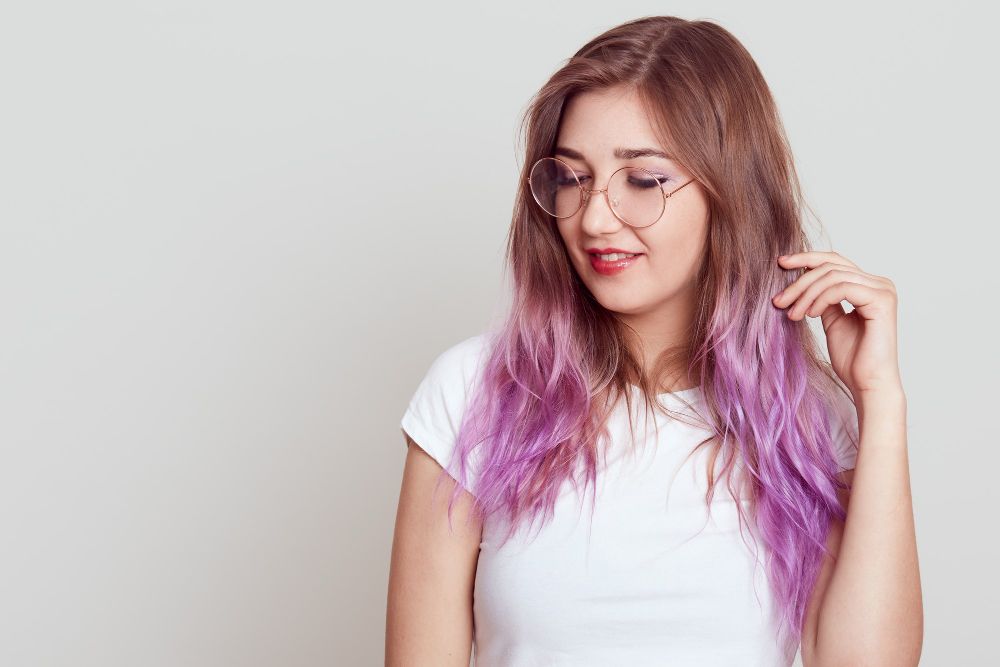
i. Cream Hair Dye
The most common format, cream dyes are thick and adhere well to hair strands. They typically require application with a brush or comb to ensure even coverage.
One key advantage is customizability—users can adjust the amount used depending on hair volume or desired effect. Cream dyes also allow you to blend and mix your own formula at home, offering a personalized coloring experience with better control over shade and saturation.
ii. Foam Hair Dye
Also known as mousse or bubble dye, foam dyes are popular for their convenience and ease of use. Much like shampoo, the dye and foaming agent are mixed and shaken into a rich lather, then massaged into the hair.
However, this method can be more irritating to the scalp. Additionally, because foam dyes don’t color as effectively, brands often add stronger chemicals, which can increase hair damage.
免費體驗
F8 Hair Regrowth Treatment
1 Minute Self-Registration
Date should not be before minimal date
3. Hidden Risks of Hair Dye — Including Cancer?
i. Risk 1: Damage to Scalp and Hair
Dyeing opens the cuticle and alters the inner hair structure by destroying pigment cells. While the cuticle reseals, its original structure is disrupted, often leaving hair frizzy and dull.
The chemicals in hair dye can also oxidize the scalp, weaken its barrier function, and disrupt the hair growth cycle—possibly leading to grey hairs. Allergenic substances in dyes may also trigger inflammation, itching, or tingling sensations.
ii. Risk 2: Hair Loss
Hair loss caused by dyeing is typically categorized as "chemical alopecia," a reaction to external irritants. Exposure to harmful chemicals can overstimulate the scalp, increasing shedding. Some ingredients can even trigger skin disorders like alopecia areata or diffuse thinning, as the dye disrupts the growth cycle and prematurely pushes hair into the shedding phase.
iii. Risk 3: Stress on Internal Organs
Occasional dyeing usually isn’t harmful, but frequent or long-term use can result in toxic chemicals accumulating in the body. Some dyes contain heavy metals—up to 5–10 times more than paint—which can penetrate the skin barrier and affect organs like the liver. This may increase the risk of chronic health issues such as dizziness, numbness, or heavy metal poisoning.
iv. Risk 4: Cancer
Many hair dyes contain para-phenylenediamine (PPD), a known carcinogen. According to the Consumer Council, long-term dye users have a significantly higher risk of developing lymphoma or leukemia—up to 3.8 times higher than non-dye users. Some studies also link PPD to asthma, bladder cancer, and breast cancer. Cosmetics regulations cap PPD concentration at 4% to reduce these risks.
4. Consumer Council Recommends Safer Hair Dyes
The Consumer Council tested both semi-permanent and permanent hair dyes, including 7 color conditioners and 13 oxidative dyes. Results showed all permanent dyes contained allergens, and one even had banned substances. All herbal henna powders tested contained lead.
However, the Council also listed several safer options free of banned or allergenic ingredients:
i. LPLP Natural Kombu Hair Color Treatment
Scored top marks in safety tests. It’s formulated with four natural plant extracts and contains no ammonia, PPD, toluene, silicone, or mineral oil. Gentle yet highly pigmented.
ii. Naturtint Permanent Hair Color
Made with nourishing plant oils and free from ammonia, parabens, DEA, and paraffin. Provides long-lasting, natural color and shine.
iii. 50 Megumi Natural Seaweed Hair Color Treatment
Infused with five seaweed extracts to condition hair post-dyeing. Free from ammonia, parabens, and mineral oils. Gentle scent.
iv. Herbatint Permanent Hair Color Gel
Enriched with aloe vera, meadowfoam, birch, and four other herbal extracts. Offers color while protecting hair from damage.
v. Revlis Natural Melanin Restoring Color Cream
Uses Japanese rice yeast fermentation to extract melanin similar to what naturally occurs in hair. Helps white hairs return to a natural black tone.
5. Key Tips for Choosing a Hair Dye
i. Always Buy from Reputable Sources
Online shopping may be convenient, but many dyes sold online are unregulated or lack proper labeling. Look for products with a production code, health certifications, and official safety approvals.
ii. Check the Ingredient List
The formula determines how safe a dye is. Avoid products containing harmful substances like PPD, resorcinol, toluene, or aminophenol.
iii. Choose an Easy-to-Use Format
For beginners, foam dyes are easier and more user-friendly than creams, requiring no mixing—just apply like shampoo.
免費體驗
F8 Hair Regrowth Treatment
1 Minute Self-Registration
Date should not be before minimal date
6. Damaged Hair After Dyeing? Don’t Worry — Perfect Medical’s F8 Hair Regrowth Treatment Can Help!
While hair dye can harm hair and scalp, it’s hard to resist the allure of switching up your look—or covering greys. That’s why Perfect Medical offers its F8 Hair Regrowth Treatment, designed to help frequent dyers restore scalp and hair health.
The treatment uses low-level laser therapy (LLLT) to deliver soft laser energy deep into the scalp, promoting blood circulation and improving overall scalp health. It also activates hair follicles and strengthens hair, reducing dye-related hair loss. Combined with top-grade hair growth serums, the treatment hydrates the scalp, stimulates regrowth, and combats dryness.
Perfect Medical is currently offering free trial sessions—click the link below to book yours now! If you're dealing with dye-damaged hair, don’t wait—take action today!
Try Today: Perfect Medical F8 Hair Regrowth Treatment免費體驗
F8 Hair Regrowth Treatment
1 Minute Self-Registration
Date should not be before minimal date
FAQ

Can hair dye effectively cover grey hair?
Yes—as long as you choose the right shade. Natural black, dark brown, and chocolate brown are great for covering greys.
Is resorcinol harmful to the scalp?
Yes. It’s a toxic chemical and classified as a banned substance in many regions. It can trigger allergic reactions and even cause genetic mutations. Avoid dyes containing resorcinol.
Can dyeing hair cause greys?
Yes. The dye process opens the cuticle and damages melanocytes. Over time, this may lead to new grey hairs forming.
How can I know if I’m allergic to a dye?
Do a patch test on the back of your neck before applying it to your scalp. If no irritation occurs, it’s generally safe. Also, avoid applying dye directly on the scalp—stop about 1mm away from the root.
Does hair dye affect overall health?
Occasional use is usually fine. However, frequent or long-term use can cause toxic substances to accumulate in the body, potentially affecting health.






